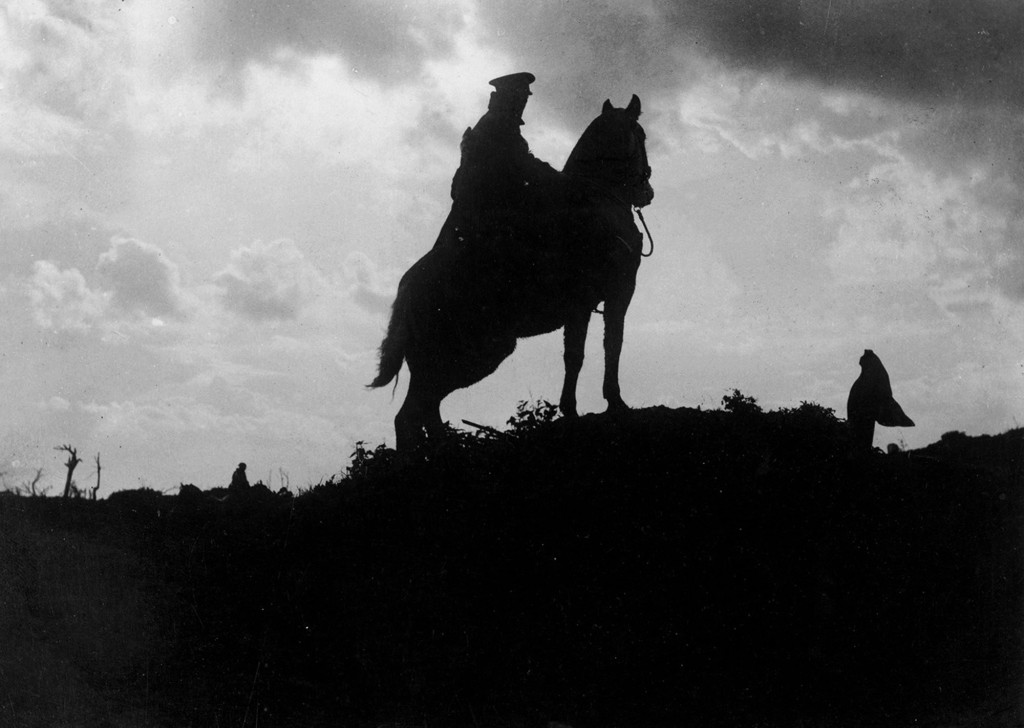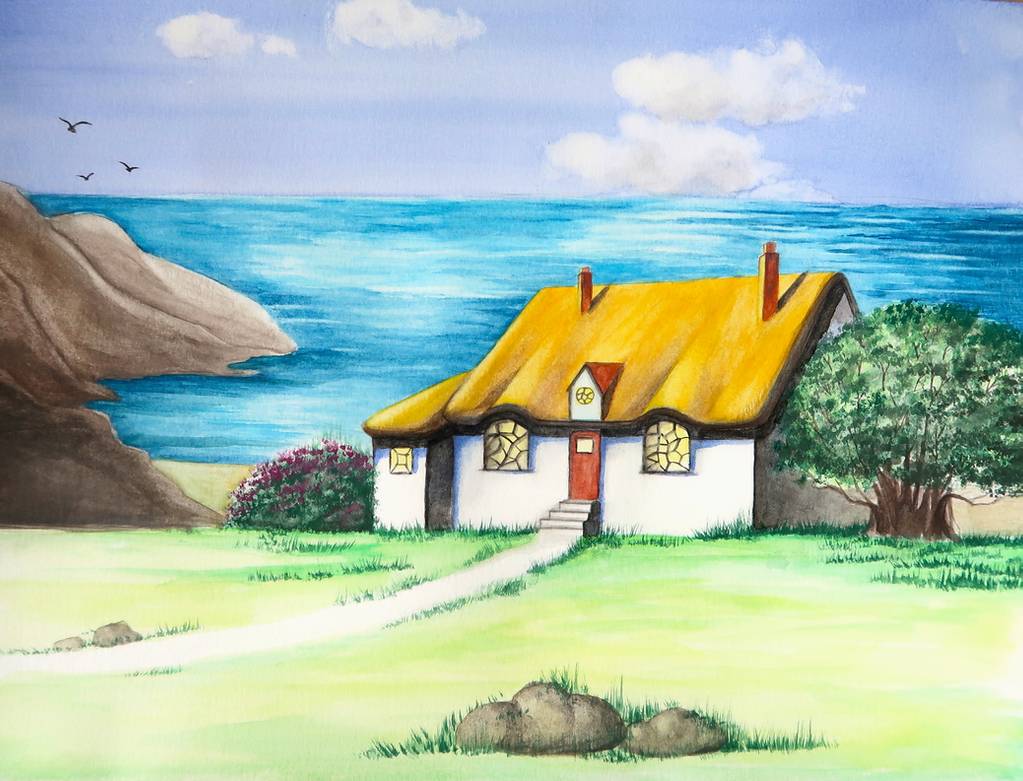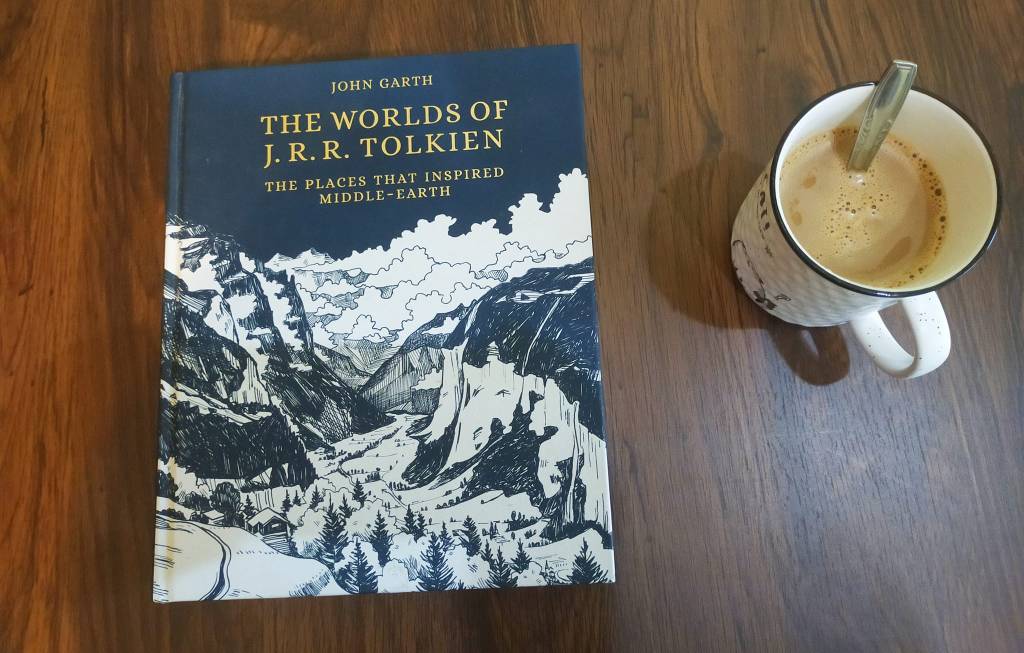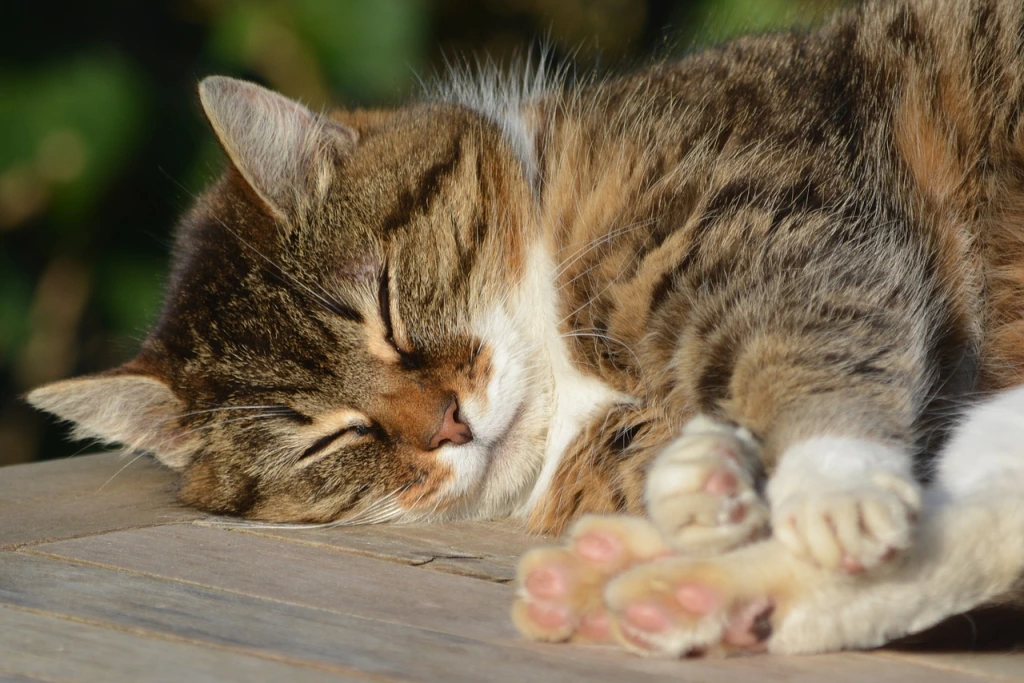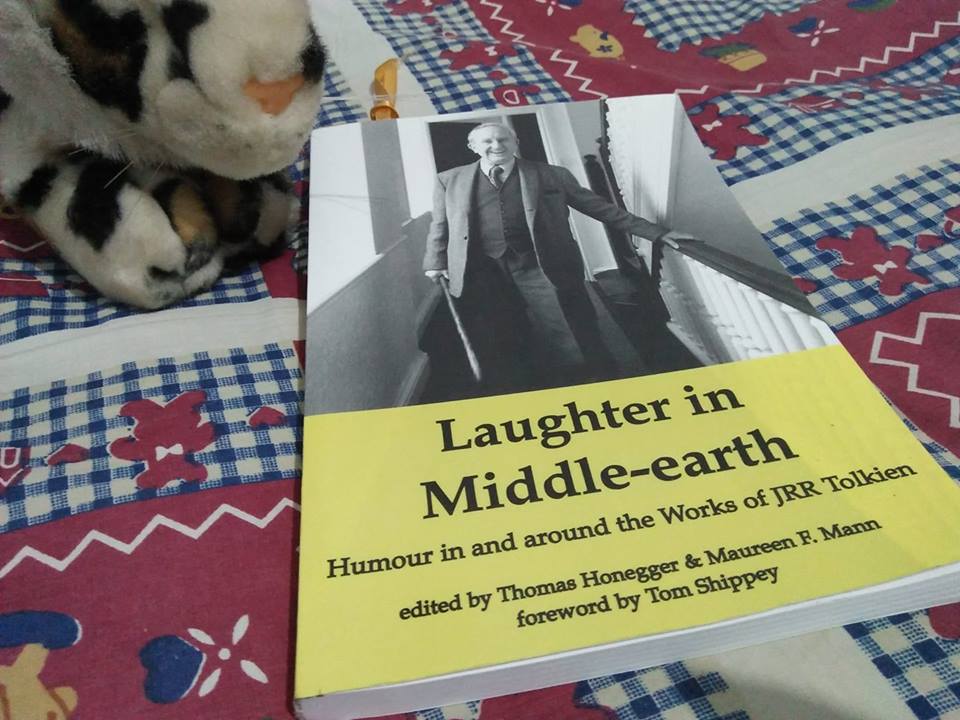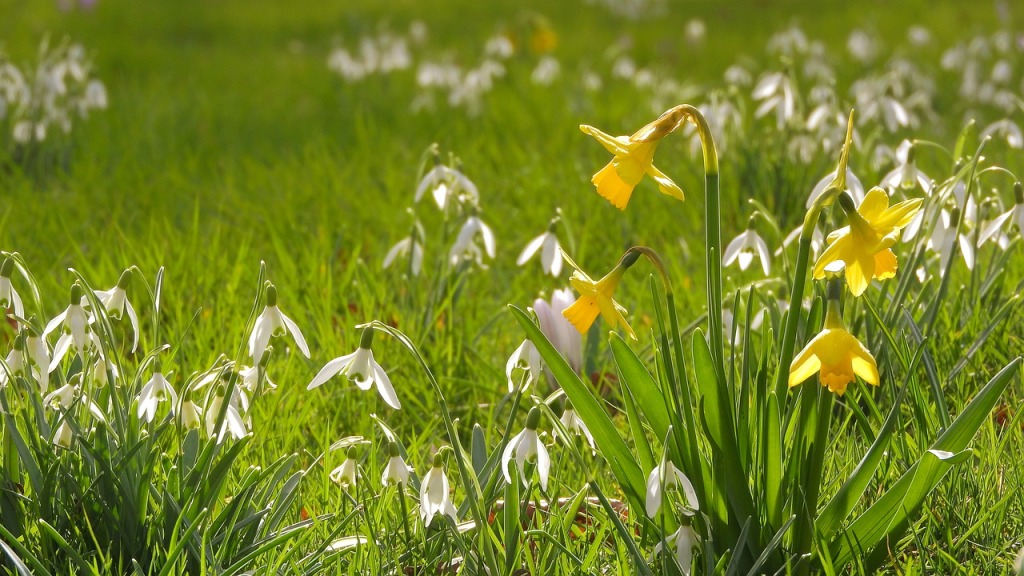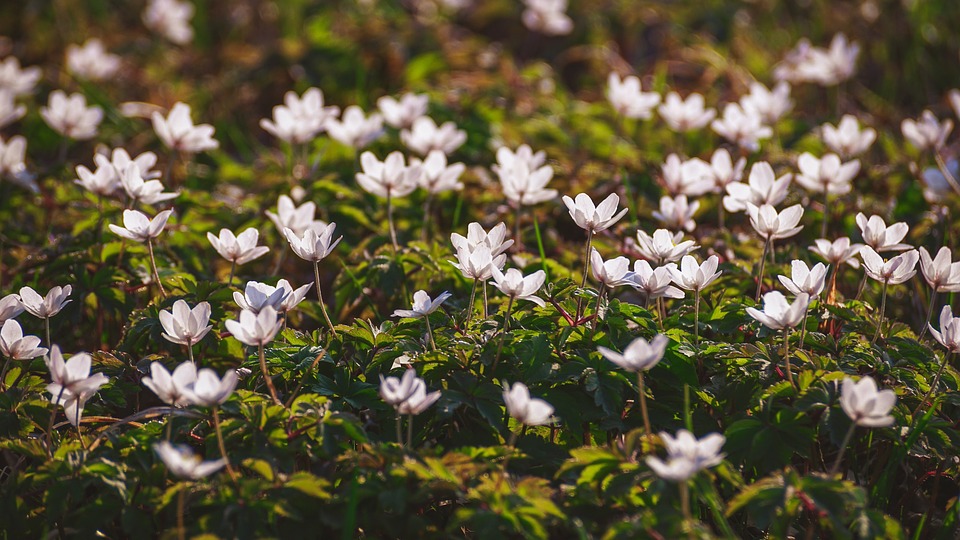
She is the lover of all things that grow in the earth, and all their countless forms she holds in her mind, from the trees like towers in the forests long ago to the moss upon stones or the small and secret things in the mould.
J.R.R. Tolkien: The Silmarillion: Valaquenta
When I read Tolkien’s depiction of Yavanna in The Silmarillion for the first time, her image as the Fruit Giver and “the lover of all things that grow in the earth” stayed for a long time. There is something reverent about a figure whose power is related to plants and vegetations, for they rule the very things that both represent and provide nourishments for all lives on earth. Sure, the term ‘Mother Nature’ has probably become overly ubiquitous at this point, but the powerful image behind what this figure represents endure.
Interestingly, the first time I read The Silmarillion was during the early semesters of my study, which I did in the province of Yogyakarta, in the central region of Java. If you think this is irrelevant, it is only because I realized who she resembled as I read Yavanna’s further depiction as a tall, green-clad woman: a spiritual figure revered by the culture around Mount Merapi, the volcano not far from where I resided. The one who was responsible for all the things that grow and flourish despite having a close proximity with the source of fiery destruction.
The revered lady Nyi Gadung Melati.
Lanjutkan membaca “Queen of Earth, Giver of Fruits: from Middle-earth to Merapi”

